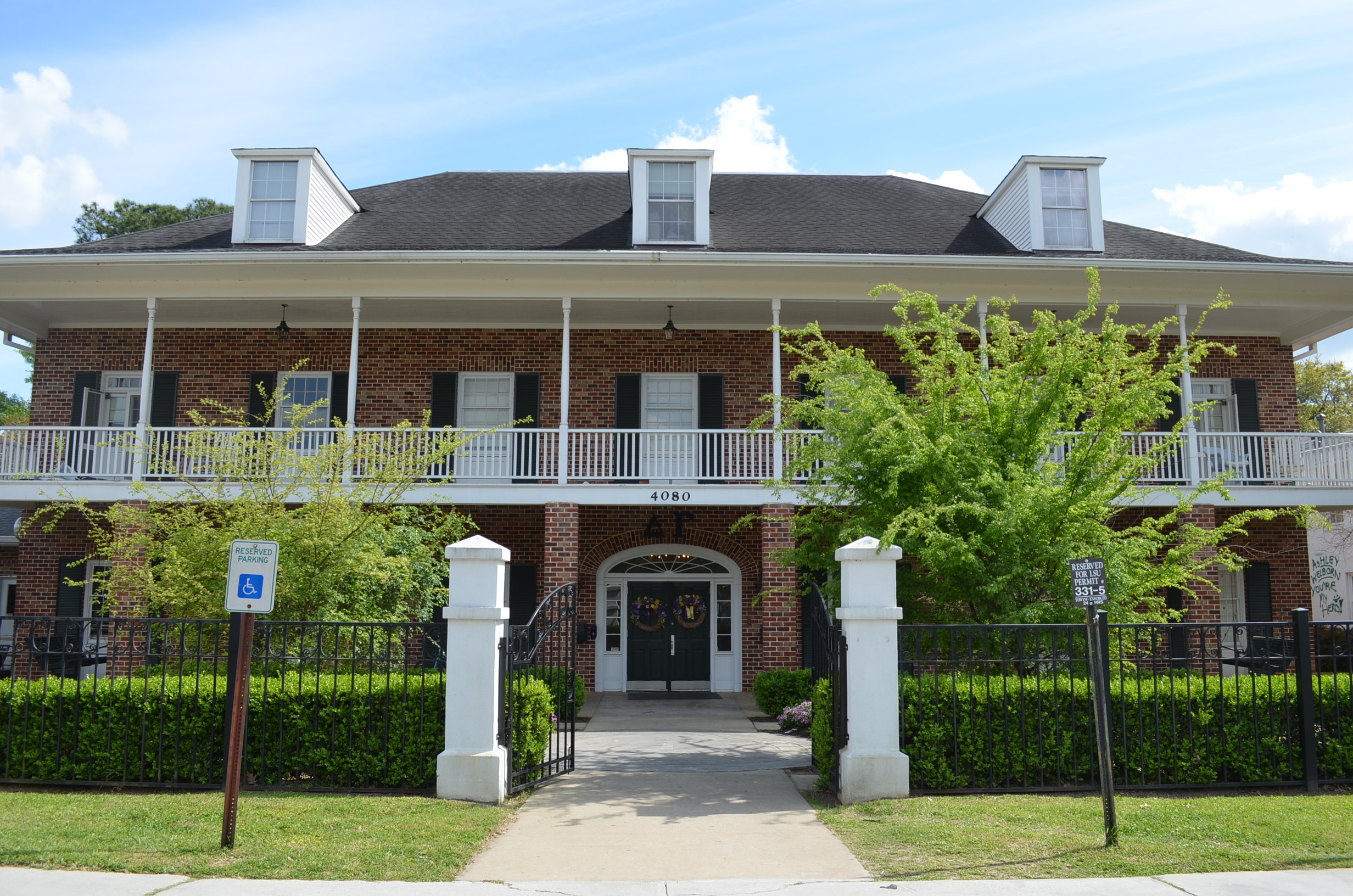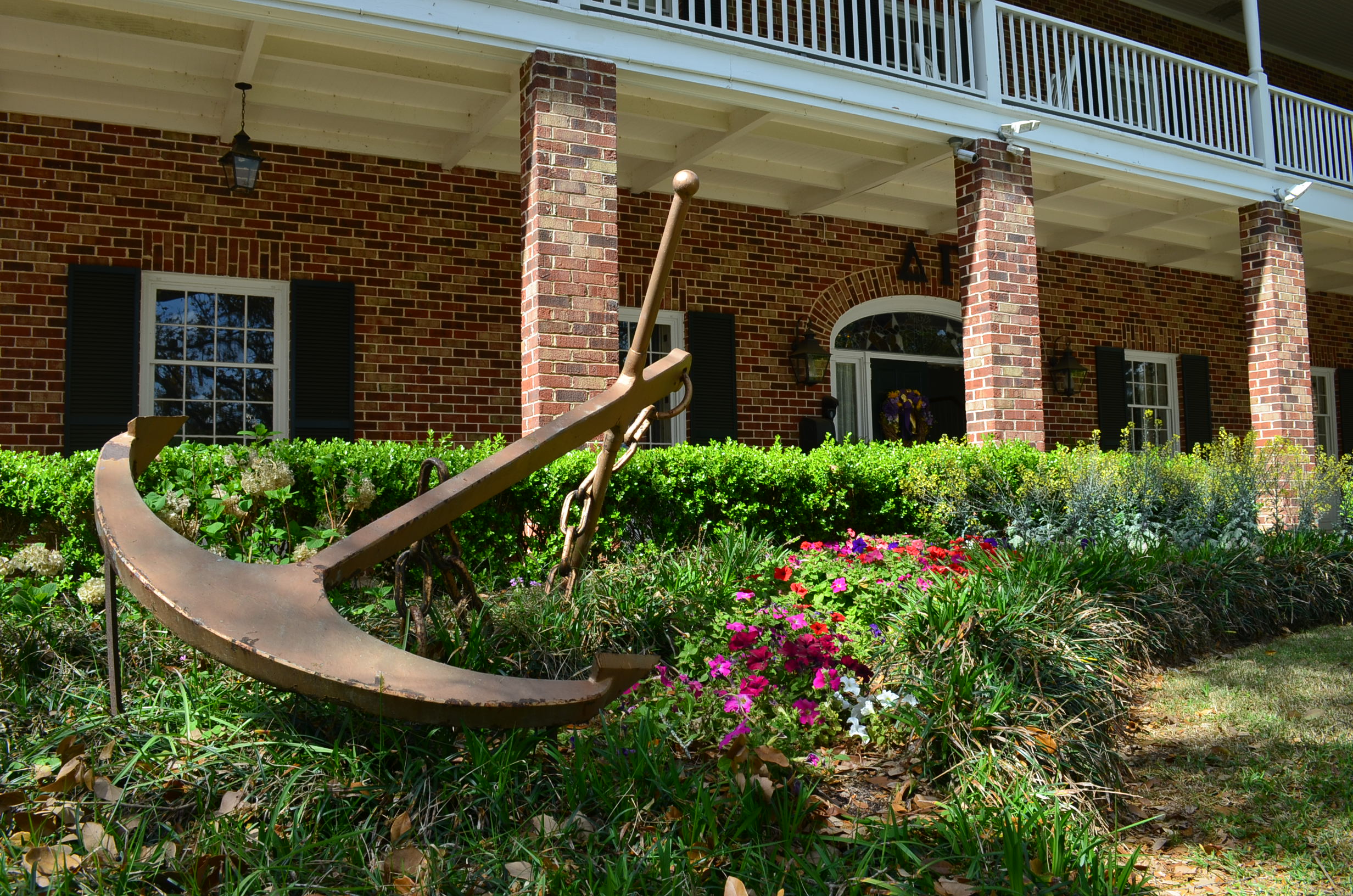4080 West Lakeshore Drive has been the home away from home to thousands of LSU Delta Gammas since the house was built in 1966.
Now starting June 2024 Gamma Zeta will be undergoing a house renovation! See down below to learn more about our renovations.
OUT WITH THE OLD…
IN WITH THE NEW…
Major renovations to the house occurred in 2002, 2004, and 2013, including updating the original terrazzo floors, updating the bathrooms and upgrading to an industrial kitchen. A recent addition of a study hall was added in the summer of 2014 in keeping with traditional southern architecture and adding to the charm of the front exterior. Much, much more will be added in 2024. Follow this link to learn more about our 2024 house renovation!
The stained glass above the front entry is by master artist Paul Arthur Dufour, professor of art at LSU and a founding member of the Baton Rouge Gallery Inc. His stained glass windows grace many of the churches in the Southern region. Honoring a lifetime of devotion to creating art, his works are included in permanent public and private collections in the United States, Europe and Japan. The stained glass at the Delta Gamma house prominently features an anchor and cable with the words Tau Delta Eta.
The matching front and back foyers play host to the members coming and going from the DG House each day.
The formal living room is known to current chapter members at the “Ritz” following the renovation in 2002 when the wood paneling and trophy cases were removed and current members felt the new look had the feeling of The Ritz-Carlton.
Members of Delta Gamma love living in the DG house as many describe it as “the only time I’ll live in a mansion on the lake.” Currently, 52 members live in the DG house with 16 rooms on the second floor and 7 larger rooms on the third floor. The 4 rooms on the corners of the second floor open onto the balcony with rocking chairs and views of the front and back.
The front of the Delta Gamma house overlooks the LSU Lakes. The LSU lakes were developed from swamps in the 1930s as a public works project. The incredibly beautiful setting is considered by many to be the most beautiful sorority row in the country.









